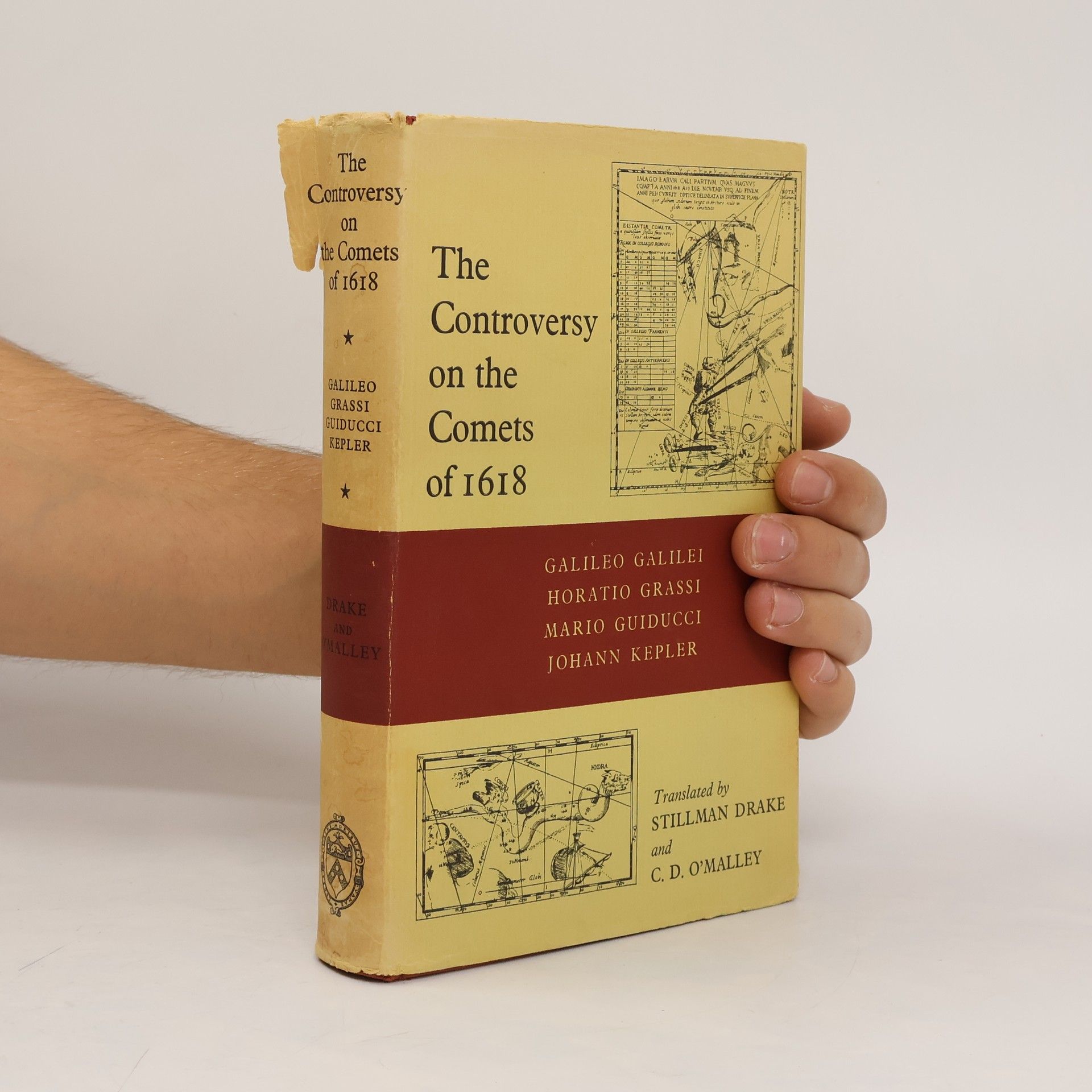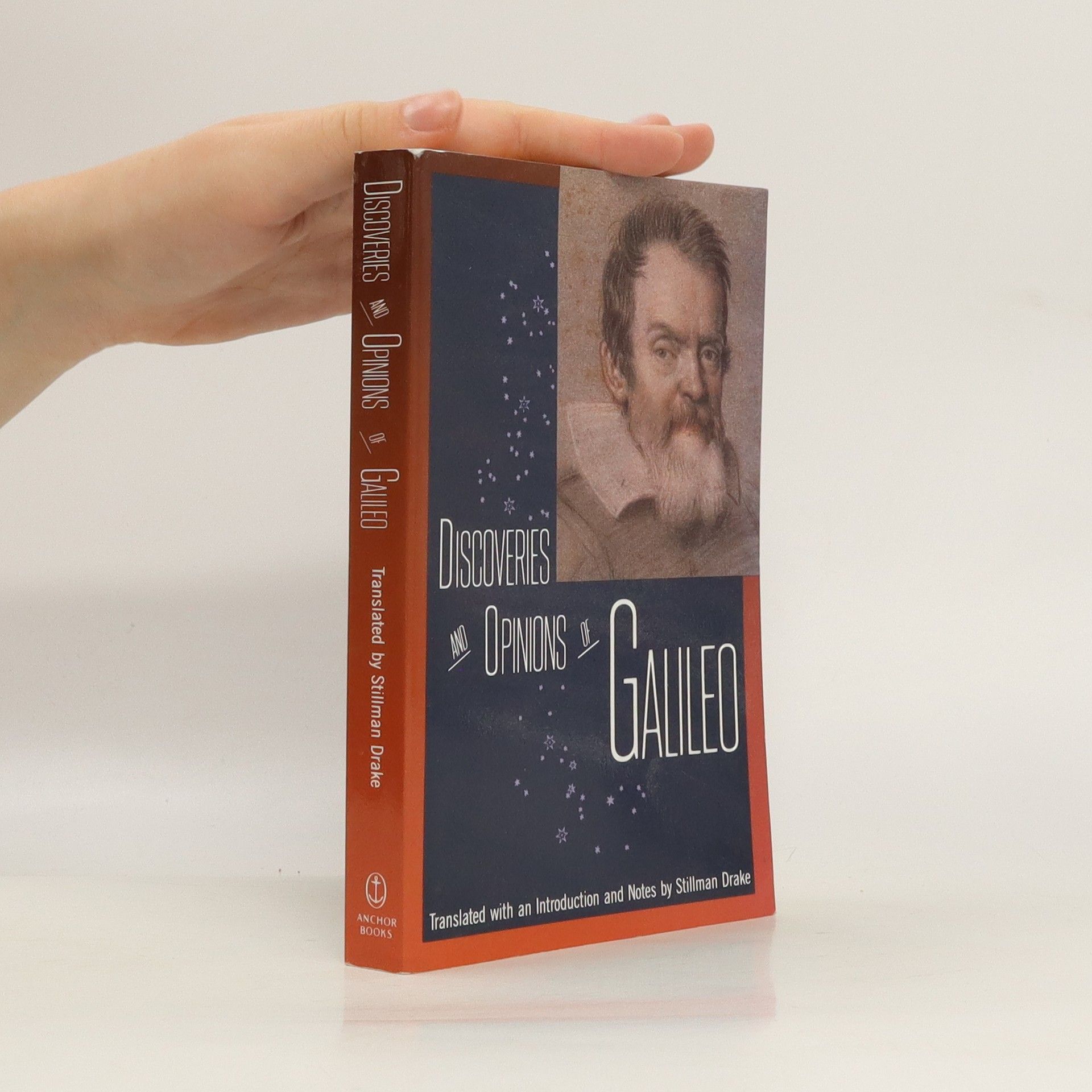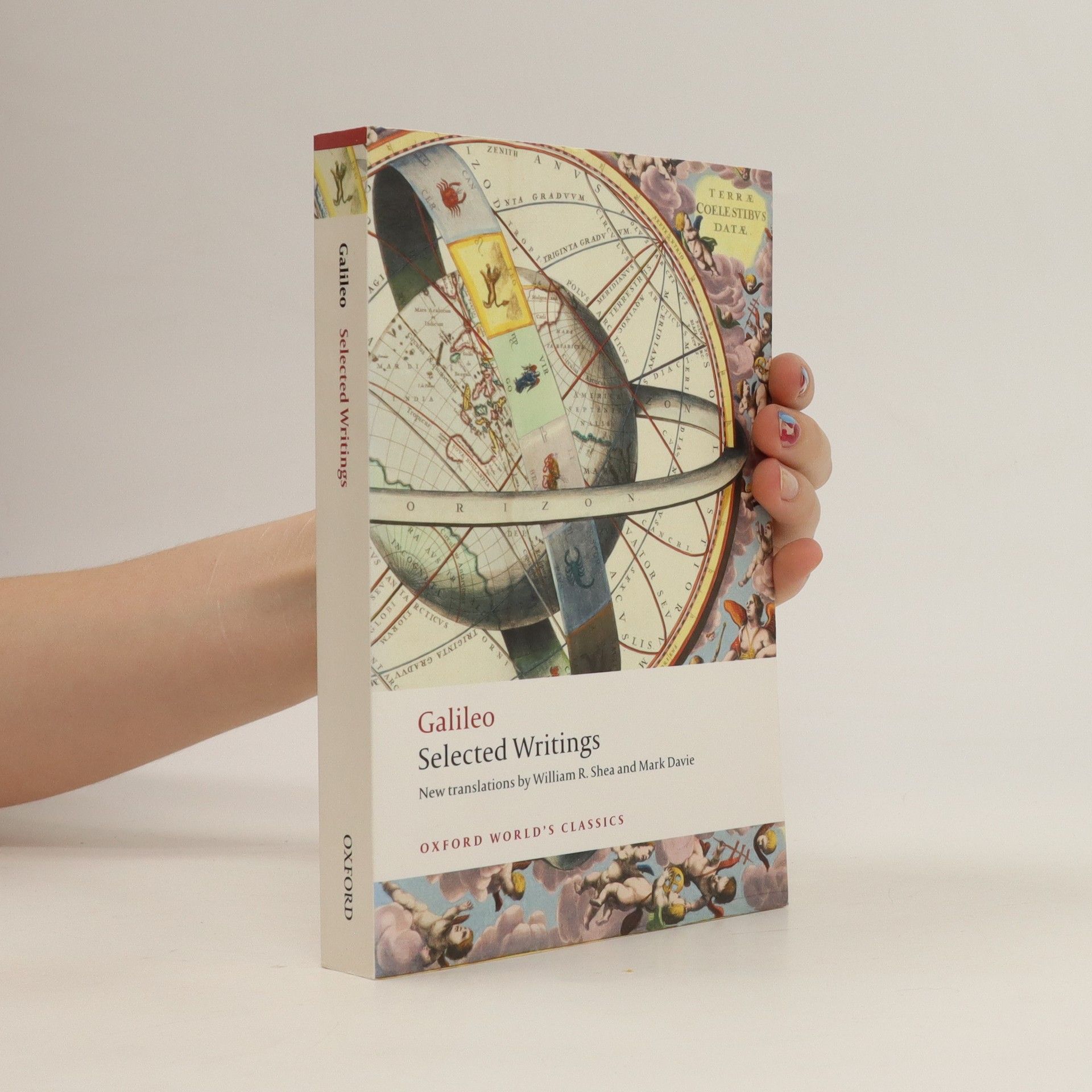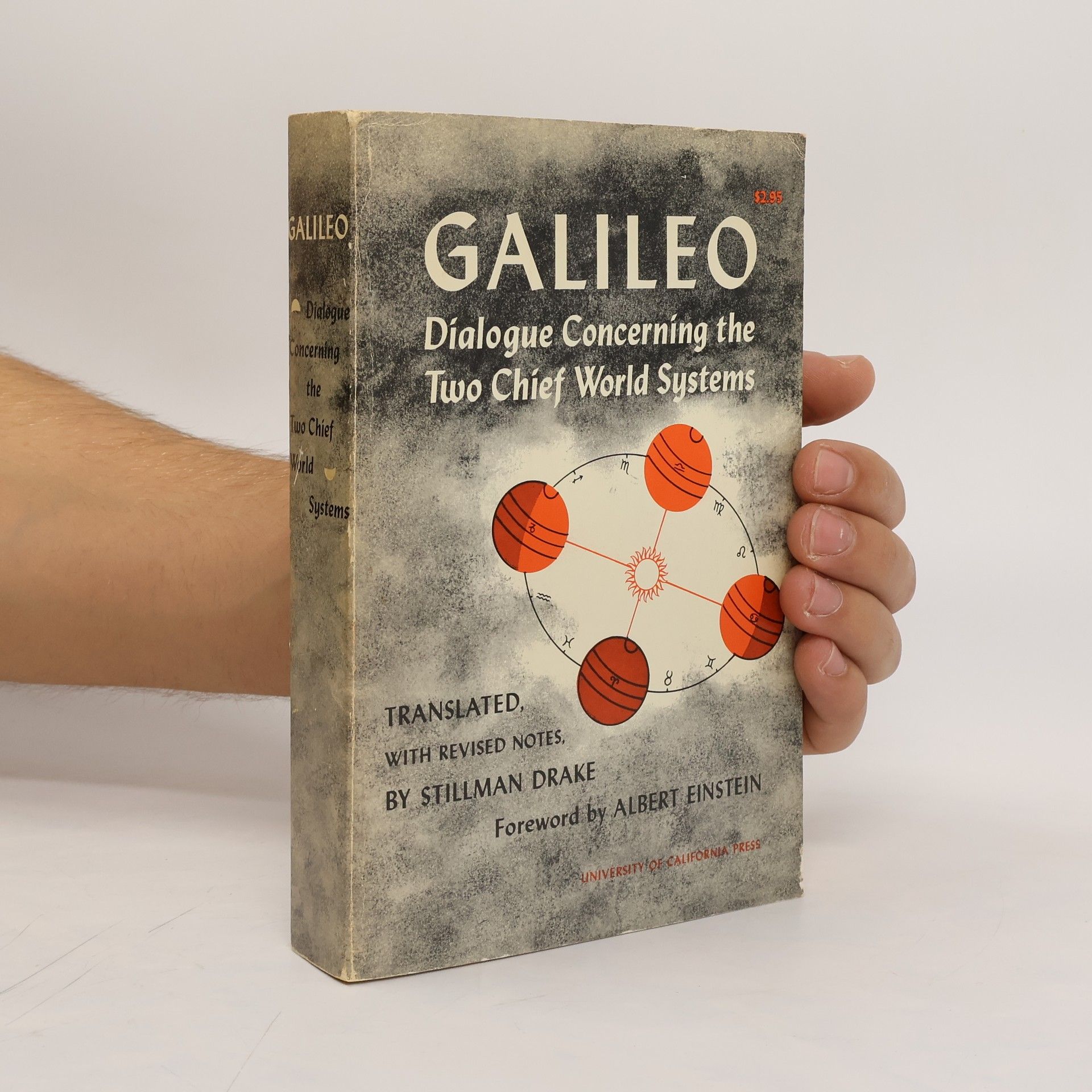Dialogue Concerning the Two Chief World Systems, Ptolemaic and Copernican, Second Revised edition
- 495pages
- 18 heures de lecture
Dialogue Concerning the Two Chief World Systems, Ptolemaic and Copernican, Second Revised Edition.
Galileo Galilei fut une figure centrale de la Révolution Scientifique, dont le travail en physique, mathématiques et astronomie a fondamentalement modifié notre compréhension du cosmos. Il améliora le télescope, permettant des observations astronomiques novatrices, et défendit avec audace le modèle héliocentrique du système solaire. Ses études sur le mouvement et les phénomènes célestes, y compris les phases de Vénus et les lunes de Jupiter, lui valurent d'être reconnu comme le père de l'astronomie et de la physique modernes. Malgré les controverses et les difficultés personnelles que suscitèrent ses découvertes, Galilée posa les fondations de la pensée scientifique moderne.







Dialogue Concerning the Two Chief World Systems, Ptolemaic and Copernican, Second Revised Edition.
This generous selection from Galileo's writings contains all the essential texts. Newly translated by Mark Davie and William R. Shea, the contents include full representation from his scientific masterpieces, his contributions to the debate on science and religion, and key documents from his trial before the Inquisition in 1633.
Directing his polemics against the pedantry of his time, Galileo, as his own popularizer, addressed his writings to contemporary laymen. His support of Copernican cosmology, against the Church's strong opposition, his development of a telescope, and his unorthodox opinions as a philosopher of science were the central concerns of his career and the subjects of four of his most important writings. Drake's introductory essay place them in their biographical and historical context.
Na jaře roku 1610 vydal Galileo Galilei nevelký spisek Hvězdný posel, věnovaný florentskému vévodovi Cosimovi II. Medicejskému, v němž jako první popsal pozorování oblohy pomocí dalekohledu a oznámil objev Jupiterových měsíčků. Jeden výtisk poslal rovněž Johannesu Keplerovi, který záhy Galileovy zaslal obsáhlý dopis, v němž jeho objevy ocenil, a tuto svoji recenzi také pod jménem Rozprava s hvězdným poslem zveřejnil tiskem. Oba tyto útlé svazky, která výrazně vstoupily do dobové diskuse o kosmologickém uspořádání a které jsou i skvělou ukázkou renesanční stylistiky, patří mezi nejdůležitější astronomické práce všech dob. Kniha přináší jejich překlad spolu se zasvěceným komentářem, který osvětluje podstatu Galileových objevů, stejně jako jejich dobové souvislosti.
Na jaře roku 1610 vydal Galileo Galilei nevelký spisek Hvězdný posel, věnovaný florentskému vévodovi Cosimovi II. Medicejskému, v němž jako první popsal pozorování oblohy pomocí dalekohledu a oznámil objev Jupiterových měsíců. Jeden výtisk poslal rovněž Johannesu Keplerovi, který záhy Galileovi zaslal obsáhlý dopis, v němž jeho objevy ocenil, a tuto svoji recenzi také pod názvem Rozprava s Hvězdným poslem zveřejnil tiskem. Oba tyto útlé svazky, které výrazně vstoupily do dobové diskuse o kosmologickém uspořádání světa a které jsou i skvělou ukázkou renesanční stylistiky, patří mezi nejdůležitější astronomické práce všech dob. Kniha přináší jejich překlad spolu se zasvěceným komentářem, který osvětluje podstatu Galileových objevů, stejně jako jejich dobové souvislosti. Z latinských originálů Siderus nuncius a Dissertatio cum Nuncio sidereo přeložila Alena Hadravová za odborné spolupráce Petra Hadravy.
Dialog uber die beiden hauptsachlichsten Weltsysteme, das Ptolemaische und das Kopernikanische ist ein unveranderter, hochwertiger Nachdruck der Originalausgabe aus dem Jahr 1891. Hansebooks ist Herausgeber von Literatur zu unterschiedlichen Themengebieten wie Forschung und Wissenschaft, Reisen und Expeditionen, Kochen und Ernahrung, Medizin und weiteren Genres.Der Schwerpunkt des Verlages liegt auf dem Erhalt historischer Literatur.Viele Werke historischer Schriftsteller und Wissenschaftler sind heute nur noch als Antiquitaten erhaltlich. Hansebooks verlegt diese Bucher neu und tragt damit zum Erhalt selten gewordener Literatur und historischem Wissen auch fur die Zukunft bei."